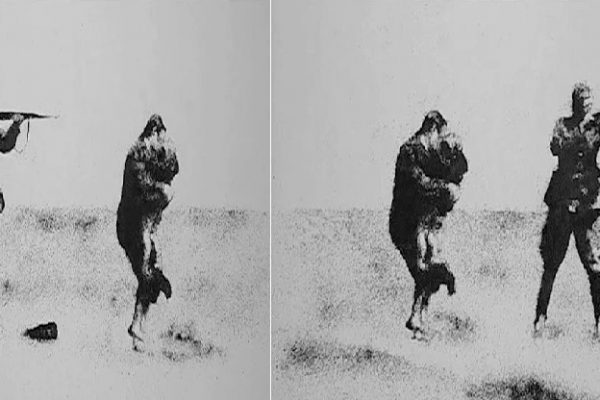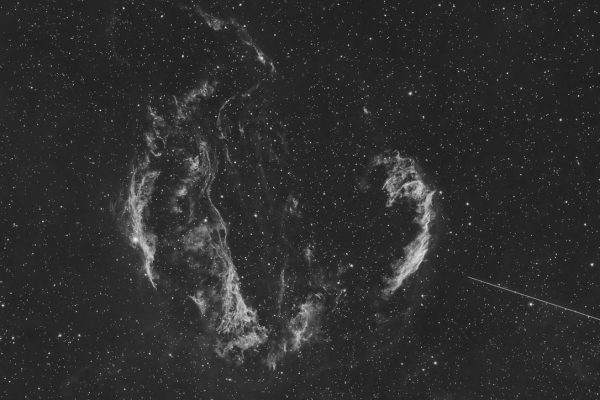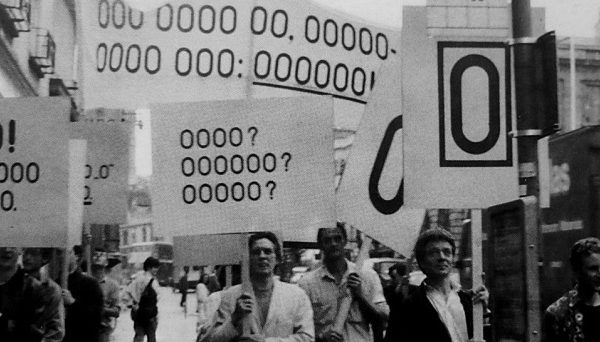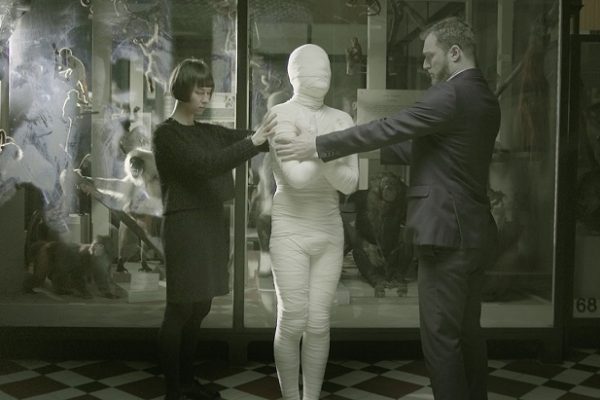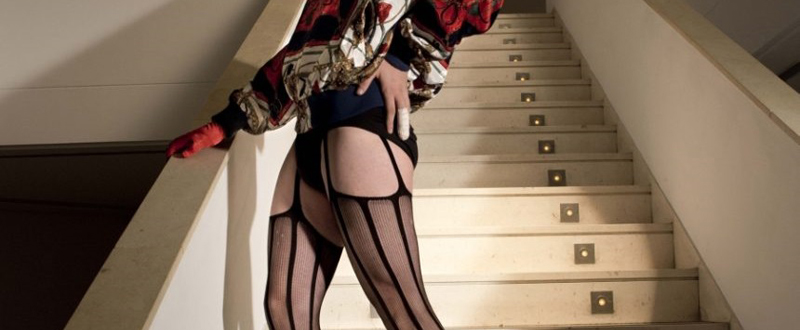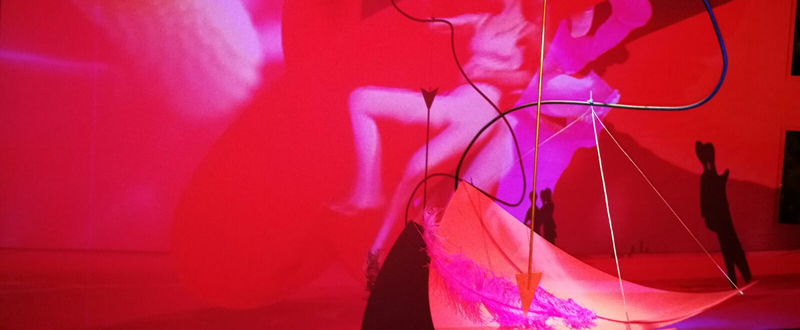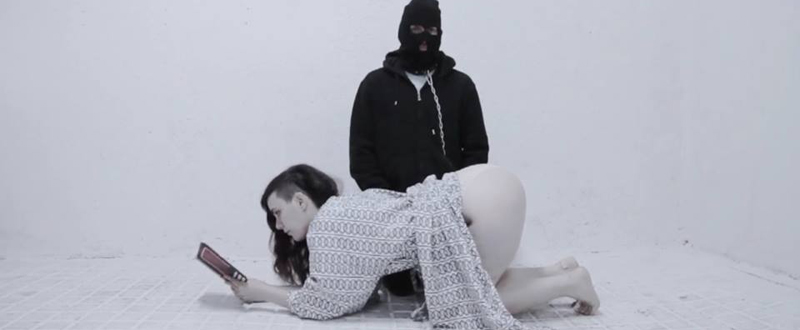Intimacy is the highest degree of exposure and risk we can reach, it is pure inhospitable exteriority. Unlike the private, which we can lock in, the intimate can only be experienced in relation to others. We just feel naked and vulnerable when someone looks at us. I borrow from Jose Luis Pardo this semantic revision to better understand the work of Abel Azcona, because I recognize that when first time I met it generated mixed […]
Categoría: New media art
When women took off the apron
It was in the seventies of the last century when the famous motto the personal is political was created , one that in the artistic field allowed the women to remove the housewives from their holes, to transfer their defiance to those figures of the domestic, denouncing with humor the psychopathologies caused by their pre-determined passage through the stages of life: from chaste bride to happy mom, from seductive pin-up to fiftyish women secluded in […]
Juan Carlos Martínez, how do we look at each other?
The world has become a beehive leaky of peepholes from which to observe without being seen, virtual labyrinths traversed by stalkers. Obviating the Orwellian resonances, this world populated by spied spies can be read poetically like songs of love. In the film of Jean Genet (a chant d’amour) the peepholes practiced in the cells seem holes drilled by the uncontrollable force of desire, which slips through all the cracks, deceiving even the jailer. Masculine universes, […]
Look, if I loved you it was because of you hair
If we consider head hair as a psychic displacement of pubic hair (see Charles Berg’s The Unconscious Meaning of Hair), a broad panoply of sexual references is displayed according to the type of cut, tonsure, length, curl, color … leading to simplistic equations as shaved=celibacy or castration; long and red-haired=hot pussy. The history of art follows these symbolic displacements by immortalizing them in icons, such as the perfidious Lilith combing her red hair (Rossetti’s oil), […]
Cabello/Carceller, liminal territories
In the rites of passage the individual is separated from the community and then regrouped assuming a new status. At the threshold between these two phases, human being becomes transitional, remains in suspense, without social reality, and this invisibility allows him to move on the margins of the consensual structure. The «liminal person» is a creative power, liberated from all taboo. Within the ritual it is represented with asexual or bisexual attributes. The anthropologist Victor […]
When love moves us to act
Since Hannah Arendt regarded love as the essence of the revolutionary spirit, since the counterculture of the sixties claimed it as a subversive force, this original impulse of the human condition has had to abandon the old-fashioned romanticism that reduces it to a flat, narcotizing emotion. The title of the exhibition Don’t You Think It’s Time For Love? in the Moscow Museum of Modern Art is taken from the homonymous action that the artist Sharon […]
Spaces of desire: from the sexual utopia to pornotopia
Licentiousness, yes, but subject to tight control. Architects, reformers and literati of the eighteenth century coincide in projecting or imagining houses of pleasure inspired by the panopticon of Bentham or anticipating its radial and controlling configuration: the ideal city conceived by Ledoux (in which could not be absent a temple for sex education, the Oikema) is built around that central eye; In The 120 days of Sodom, Sade gives semicircular form to the hall of […]
Raisa Maudit, when the damned take over the world
André Lepecki attributed to the figure of street dancer the power to break creatively preset circulation in the preassigned locations, opposing the police choreography the choreopolitics, which spread the movement from one body to another, transmitting affections, favoring the emergence of the subject where it has been ignored. One movement, multiple singular ways to express it. For Raisa Maudit the movement is also a liberating and contagious exercise, radiating anarchic invectives from the body dramaturgy. […]

